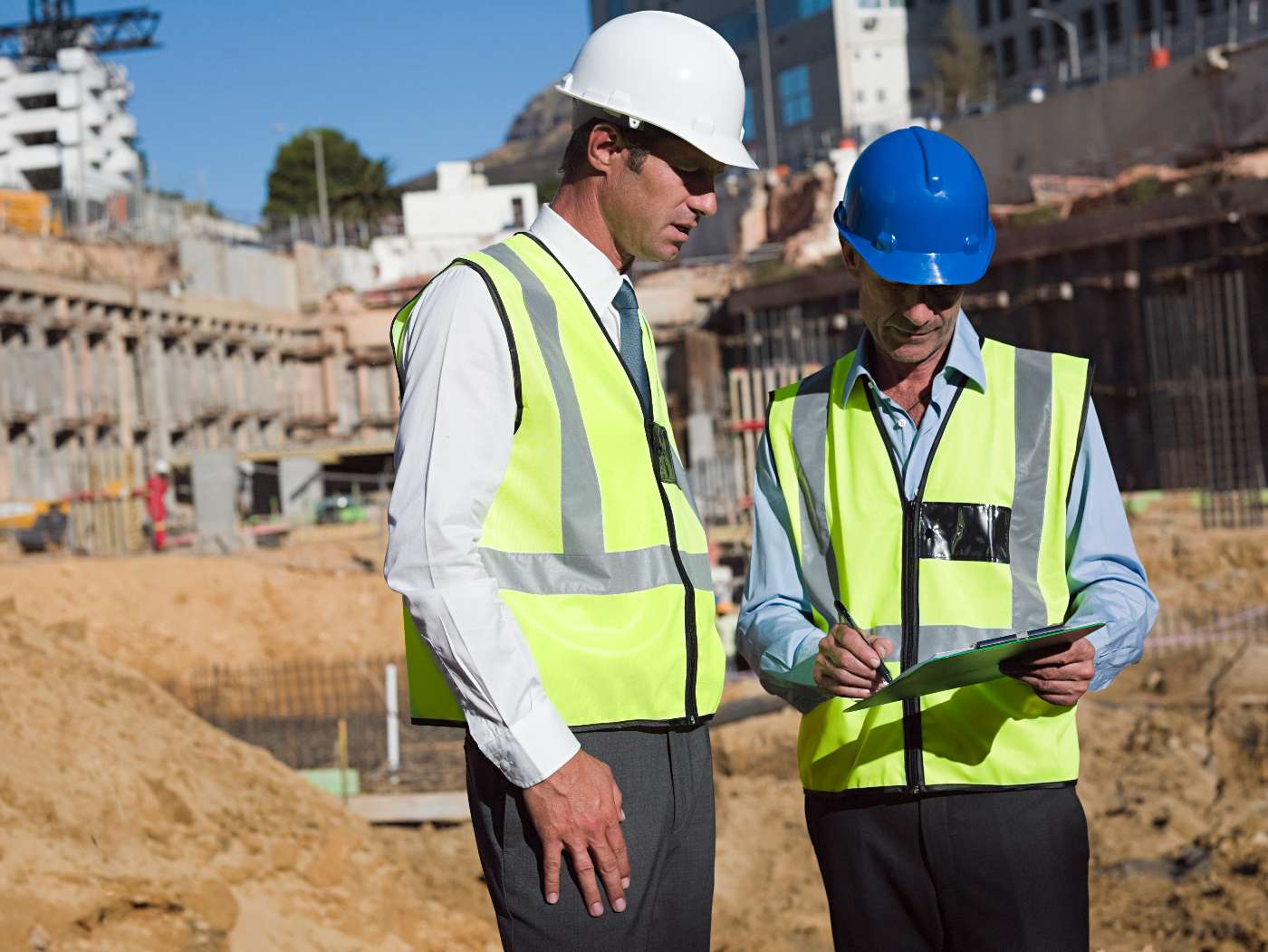Embarking on a construction project can be exciting yet complex. To ensure a successful outcome, it is essential to have a comprehensive understanding of the different phases involved in the construction process. Each phase is crucial in bringing a vision to life, from initial planning and design to the final touches of completion. In this blog post, we will explore the various stages of construction, highlighting their significance and critical considerations. By gaining insight into the different phases, you will be better equipped to navigate the construction journey and achieve your project goals.
I. Pre-construction phase
A. Project Conception: This initial stage involves developing the concept, identifying objectives, and determining the feasibility of the construction project. It includes conducting site evaluations, environmental assessments, and obtaining necessary permits and approvals.
B. Planning and Design: In this phase, architects, engineers, and designers work collaboratively to create detailed plans and blueprints. It encompasses conceptual design, architectural drawings, structural engineering, mechanical systems, and electrical layouts.
C. Budgeting and Financing: Assessing the project's financial feasibility, estimating costs, and securing financing are crucial steps during pre-construction. It involves preparing a comprehensive budget, obtaining construction loans, and establishing financial arrangements.
II. Construction phase
A. Site Preparation: This phase involves clearing the construction site, grading the land, and establishing temporary facilities, such as construction offices, fencing, and access roads.
B. Foundation and Structure: The construction of the foundation is a critical step that ensures the building's stability. This phase includes excavation, foundation pouring, reinforcement, and structural framework construction.
C. Building Systems Installation: During this stage, various systems are installed, such as electrical, plumbing, HVAC (heating, ventilation, and air conditioning), and fire protection systems. Skilled tradespeople and subcontractors play a vital role in implementing these systems.
D. Interior and Exterior Finishes: This phase focuses on the aesthetic aspects of the project, including wall finishes, flooring, painting, cabinetry, and exterior cladding. It encompasses interior and exterior work, bringing the design vision to life.
E. Mechanical and Electrical Fit-Out: In this stage, the installation and integration of mechanical and electrical systems are completed, ensuring proper functionality and compliance with safety standards.
F. Testing and Commissioning: This phase involves rigorous testing and inspection of building systems, including plumbing, electrical, fire safety, and HVAC systems. It ensures that everything operates efficiently and meets regulatory requirements.
G. Punch List and Final Touches: The construction team thoroughly inspects, creating a punch list of any remaining tasks, deficiencies, or finishing touches. These items are addressed before the final handover to the owner.
III. Post-construction phase
A. Occupancy and Handover: The building is ready for occupancy once all construction activities are completed. The final handover involves transferring ownership or possession to the client, along with necessary documentation.
B. Warranty and Maintenance: This phase addresses warranty issues and provides ongoing maintenance support. Regular maintenance and inspections ensure the building's longevity and performance.
C. Project Evaluation and Closeout: A comprehensive evaluation of the project's success, including cost analysis, performance assessment, and lessons learned, occurs during the closeout phase. It provides valuable insights for future projects and helps refine construction processes.
Understanding the different phases of construction is essential for anyone involved in a construction project. From the pre-construction phase of planning and design to the construction phase of building and installation, and finally, the post-construction degree of occupancy and maintenance, each stage contributes to the successful completion of a project. By being aware of each phase's intricacies, challenges, and considerations, stakeholders can effectively manage their construction projects, ensuring quality, adherence to timelines, and cost control. With a comprehensive understanding of the construction process, individuals and organizations can embark on their projects confidently, realizing their vision and creating functional and impressive structures.

